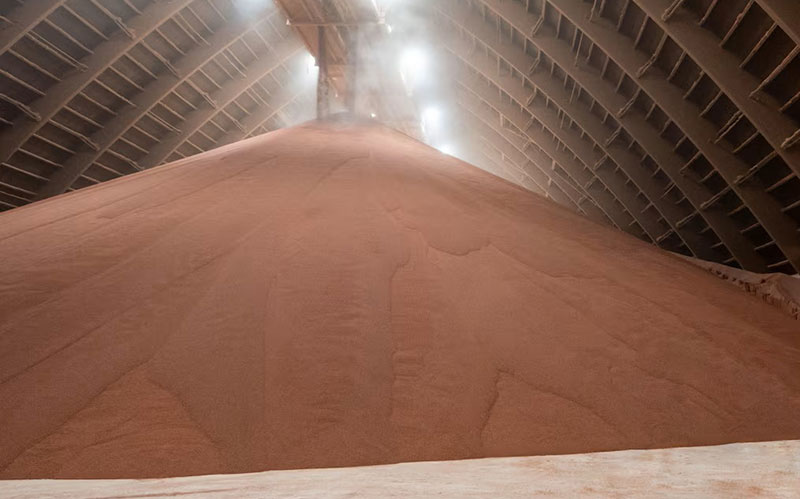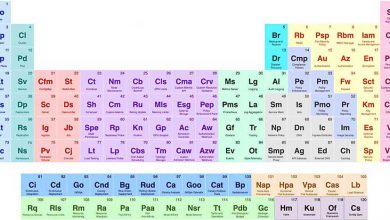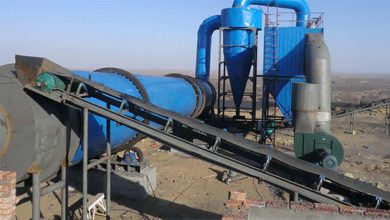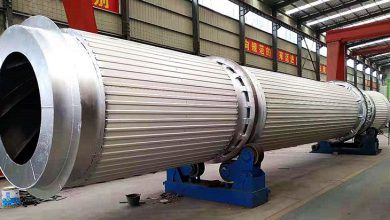When using a rotary dryer in potash fertilizer production, several efficiency-related issues may arise. Based on practical experience and systematic improvements documented. We outline the common problems encountered and the corresponding modifications that can significantly enhance thermal efficiency and drying performance.

1. Insufficient Negative Pressure
Problem:
Low negative pressure in the rotary dryer often causes the front-end temperature to exceed safety thresholds. To avoid safety hazards, the gas volume must be reduced, which inevitably limits the production rate.
Modification:
Proper control and coordination between induced draft fans and combustion air fans were implemented to stabilize the negative pressure. This ensures safer operation without sacrificing drying output.
2. Difficulty in Controlling Combustion and Draft Airflow
Problem:
It was challenging to maintain consistent combustion. Using forced draft fans sometimes extinguished the flame after ignition, disrupting the drying process and reducing energy efficiency.
Modification:
A dual-stage blower system was introduced—primary air for combustion support and secondary air for advancing the hot gas stream. The secondary blower is controlled via frequency conversion to adjust airflow based on real-time feed and gas pressure.
3. Inadequate Retention Time Resulting in Excess Moisture
Problem:
Due to insufficient material retention time in the dryer, the final product often exceeded the required moisture limit. The root cause was traced to the configuration and density of the lifter plates inside the drum.
Modification:
The lifter plate arrangement was adjusted. The spacing between plates was increased, and the total number of plates reduced. Additionally, rotational speed was controlled using variable frequency drives to extend material retention time as needed.
4. Excessive Equipment Load Due to Lifter Design
Problem:
High-density lifter configurations increased the internal load on the dryer, leading to more frequent breakdowns and mechanical failures. The excess load also constrained production capacity.
Modification:
An optimized lifter layout was adopted with greater spacing between lifters. This reduced internal resistance and equipment strain while maintaining sufficient drying time through controlled rotation speeds.
5. Poor Material Distribution within the Drum
Problem:
Originally, lifters were installed perpendicular to the drum wall. As a result, material distribution inside the drum was uneven, with most particles falling to the edges. This caused the central region of the dryer to lack the “mist-like screen” necessary for effective heat exchange.
Modification:
Lifter angles were adjusted along the length of the drum. In the front section, plates were set at 90°, in the middle at 75°, and in the rear at 120°. This tiered arrangement allowed more uniform material dispersal and improved heat transfer efficiency.
6. Imbalance Between Gas and Solid Phases
Problem:
The gas-solid interactions inside the dryer were inconsistent. Hot air from the flame was obstructed by the dense mist formed by falling materials, which weakened the induced draft fan’s effectiveness.
Modification:
Balancing measures were implemented between the induced and forced draft fans. With controlled airflow and proper lifter angles, the hot air could penetrate the mist uniformly, enhancing drying efficiency without causing material bypass.
7. Fluctuating Inlet and Outlet Temperatures
Problem:
An overly strong draft increased gas velocity, lowering the inlet temperature and making the front-end drying ineffective. Conversely, excessive forced draft air reduced combustion stability and caused incomplete fuel burning.
Modification:
Airflow systems were refined with damper-controlled induced draft fans and frequency-regulated dual-stage forced draft fans. This ensured optimal combustion and consistent drying conditions throughout the drum.
8. Improper Drum Inclination and Length
Problem:
Older drying drums had gentler slopes and longer lengths, ensuring sufficient retention time. However, newer drums were shorter and steeper due to space limitations, reducing drying time and making moisture control more difficult.
Modification:
Compensatory adjustments were made to other components such as lifter angles and rotational speed to offset the shorter drum length and steeper slope, thus maintaining overall drying performance.
9. Suboptimal Lifter Tilt Angle
Problem:
Flat lifters failed to enhance material movement along the drum, especially under higher throughput demands. As a result, retention time increased and internal loads surged.
Modification:
The lifter tilt angle was increased to promote forward material movement. This reduced retention time, lowered internal resistance, and allowed higher throughput without compromising dryness.
10. Mechanical Stress on the Transmission System
Problem:
Frequent power outages and forced restarts placed excessive torque on the gear system. This led to frequent gear shaft fractures and bearing failures.
Modification:
Mechanical alignments and tolerances were re-optimized. Gear backlash, centerline deviation, and gear face contact patterns were adjusted to better withstand operational loads and extend equipment life.

Through these targeted modifications—focusing on airflow control, lifter design, drum geometry, and mechanical balance—the rotary dryer system achieved significantly higher efficiency in potash fertilizer drying. By resolving critical bottlenecks and synchronizing equipment parameters, substantial capacity increases and thermal savings were realized.




